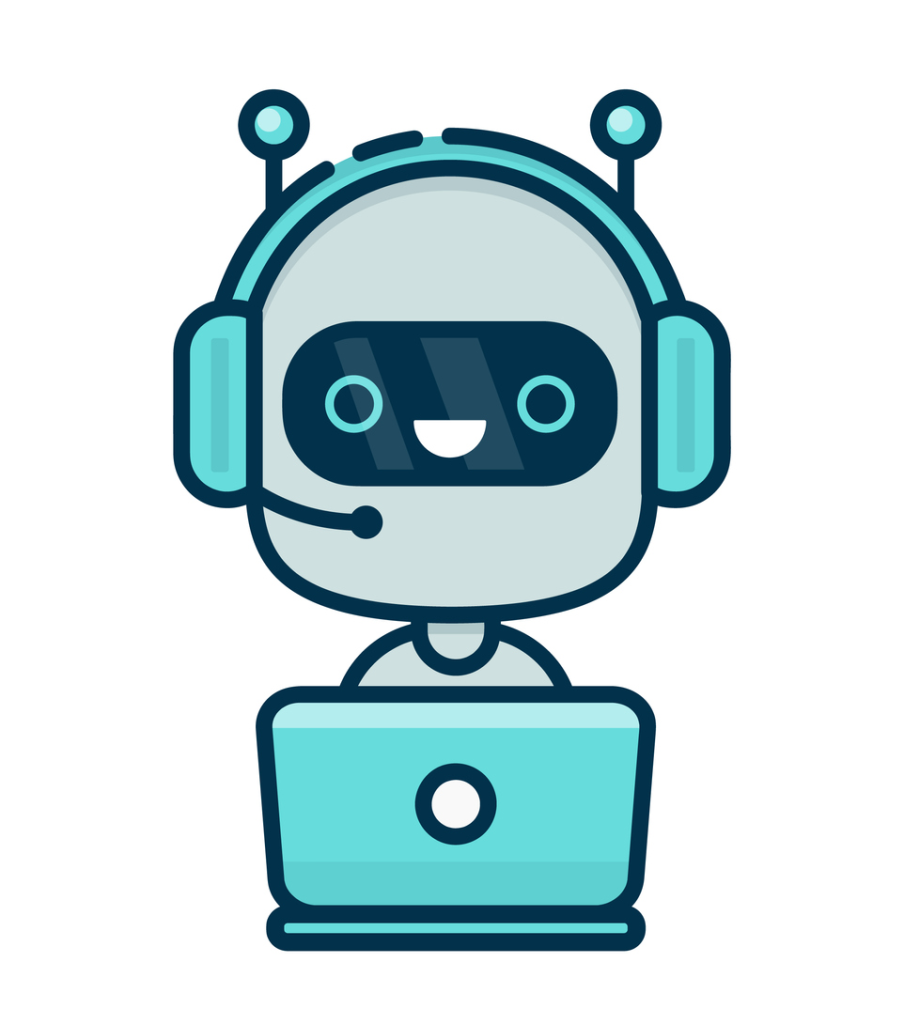
Chatbot prompts play a vital role in guiding conversations and getting the desired responses from the chatbot. Here’s a step-by-step guide on how to create effective ones:
1. Understand the Purpose of the Prompt
- Define the Goal:
- Determine what you want the user to achieve through the interaction. For example, if it’s a customer service chatbot, the goal might be to help the user solve a problem with a product or get information about a service.
- If it’s for an educational chatbot, the aim could be to assist students in understanding a particular concept or answering their study-related questions.
- Know the Expected Outcome:
- Think about the kind of response you hope to receive from the user. For instance, if you ask “What’s the issue you’re facing with our product?”, you expect the user to describe the specific problem they have.
- Anticipate different possible answers and plan how the chatbot will handle them to move the conversation forward.
2. Analyze Your Audience
- Consider Demographics:
- Take into account the age, gender, and background of the users who will interact with the chatbot. If it’s targeted at teenagers, you can use a more casual and trendy language. But for professional users, a formal and precise tone would be better.
- For example, a chatbot for senior citizens might need to use simpler words and avoid complex jargon.
- Understand Their Needs and Expectations:
- Put yourself in the users’ shoes and think about what they would want from the chatbot. Customers might expect quick and straightforward answers when they have questions about a purchase.
- Learners using an educational chatbot would hope for clear explanations and examples to help them understand difficult topics.
3. Keep It Simple and Clear
- Use Plain Language:
- Avoid complicated words and technical jargon unless your audience is familiar with them. For example, instead of saying “The software utilizes an advanced algorithm for data processing”, say “The software uses a special way to handle data”.
- Make the prompt easy to understand at a glance. A simple question like “What’s your favorite book?” is much clearer than a convoluted one.

- Be Specific:
- Don’t be too vague in your prompts. Instead of asking “Tell me something”, ask “What’s one interesting fact about history that you know?”
- If you want users to provide details about a product they bought, ask “Which model of our smartphone did you purchase?” rather than a general “What did you buy?”.
4. Make It Engaging
- Use a Conversational Tone:
- Write the prompt as if you’re having a friendly conversation with the user. For example, “Hey! I’m here to help you find the perfect outfit. What’s your style preference?” sounds more inviting than a cold, formal statement.
- Add appropriate emoticons or friendly phrases like “Glad to hear from you!” to make the interaction more pleasant.
- Ask Open-ended or Closed-ended Questions Wisely:
- Open-ended questions like “How did you feel about our service?” encourage users to share more detailed thoughts and experiences.
- Closed-ended questions like “Did you like our product? (Yes/No)” are useful for getting quick and specific answers when needed. Alternate between them based on the flow of the conversation.
5. Test and Refine the Prompt
- Internal Testing:
- Have your team members interact with the chatbot using the prompts. They can give feedback on whether the prompts are clear, engaging, and lead to useful conversations.
- Check if there are any misunderstandings or if the prompts cause confusion in different scenarios.
- User Testing:
- Once you’ve made some initial adjustments, let a small group of actual users test the prompts. Analyze their responses and see if the chatbot is able to handle them effectively.
- Use the feedback from user testing to further refine the prompts, making them more effective in getting the right information and keeping the conversation going smoothly.

In conclusion, creating a chatbot prompt requires careful thought about the purpose, audience, clarity, and engagement. By following these steps and continuously refining your prompts, you can ensure that your chatbot has engaging and productive conversations with users.




